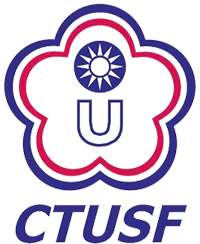Latest Articles
Author:I-Chiao Chung;Chin-Wen Wang;Yi-Hsiang Pan;Chien-Yu Pan
Period/Date/Page:No. 171 (2025/03),Pp. 35-54
DOI:10.6162/SRR.202503_(171).0004
Physical Activities, Motor Skills, and Adaptive Behaviors of Elementary School Students in Special Education Classes During Recess: A Pilot Study
Abstract:Most studies on using environmental intervention during recess time to increase physical activity have focused on the general student population, with fewer targeting students with disabilities. Therefore, the purpose of this study was to investigate the associations among physical activity, motor skills, and adaptive behaviors during recess for elementary school students in special education classes. Eight special education students aged 7-10 were recruited to participate in a two-week baseline period and a two-week treatment period. "The System for Observing Children's Activity and Relationships during Play" (SOCARP), the "Test of Gross Motor Development- Second Edition", and the "Adaptive Behavior Assessment System-2" were used to test physical activity, motor skills, and adaptive behavior. The differences in the four major categories of SOCARP (physical activity, activity scale, activity type, and social interaction) during recess time were analyzed, as well as the associations among gross motor development, adaptive behavior, and the four major categories of SOCARP. Results showed that: (a) In terms of physical activity, stillness or immobility during the intervention period was significantly lower than during the baseline period, while activity in situ and vigorous activity during the intervention period were significantly higher than those during the baseline period. (b) In the baseline period, physical conflict in social interaction was positively correlated with adaptive behavior (general adaptive and practical skills). (c) During the intervention period, activity in situ was positively correlated with adaptive behavior; social interaction (positive verbal communication, physical conflict) was positively correlated with adaptive behavior. We conclude that changes in environmental factors have a positive effect on increasing physical activity during recess among students in special education classes. In addition, activities that students with disabilities enjoy and can successfully complete should be designed, and the content of the activities should be easy for schools or teachers to implement, so as to help and encourage students with disabilities to increase their physical activity. (Full text)



